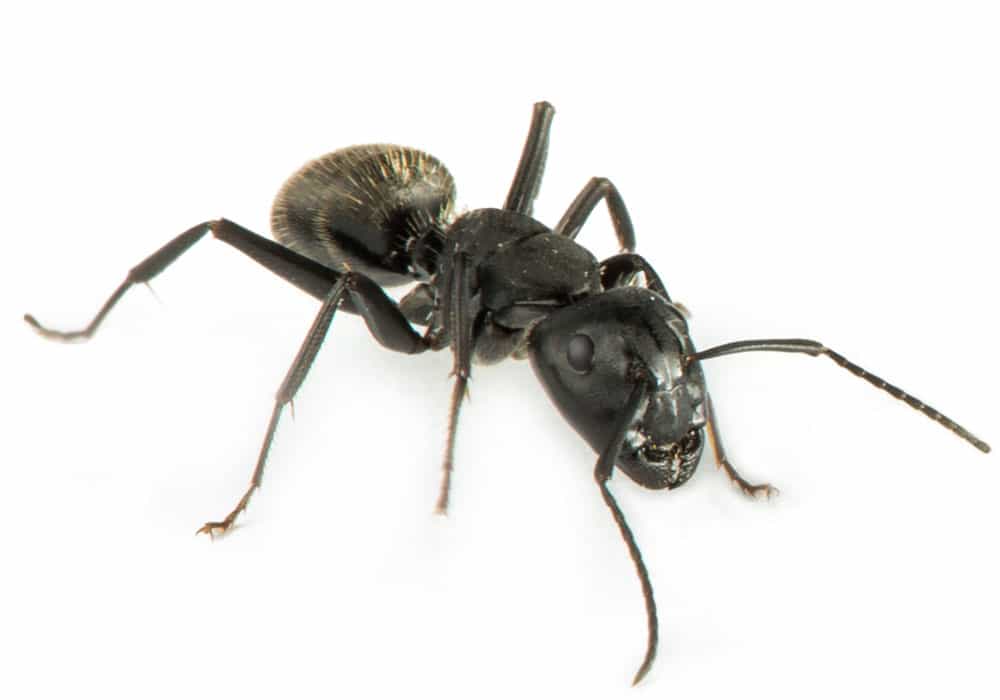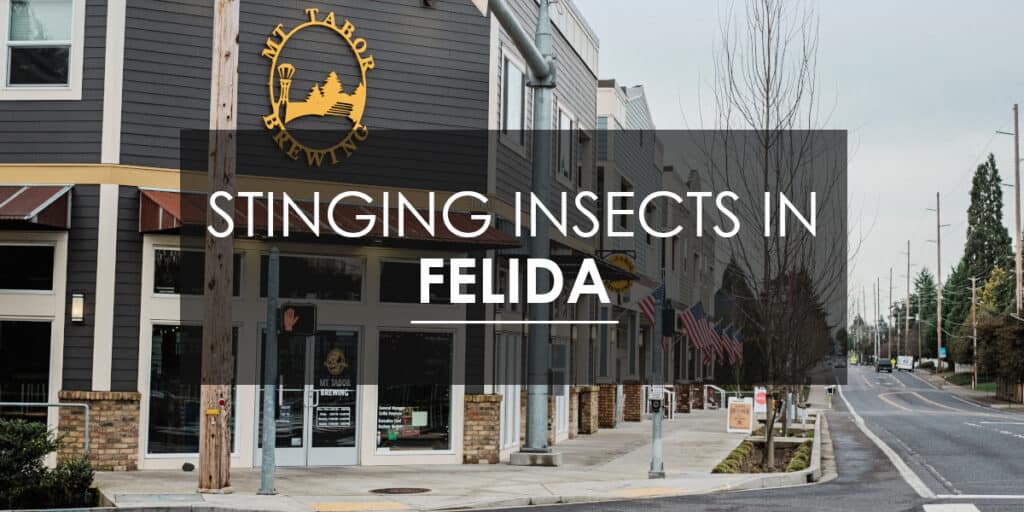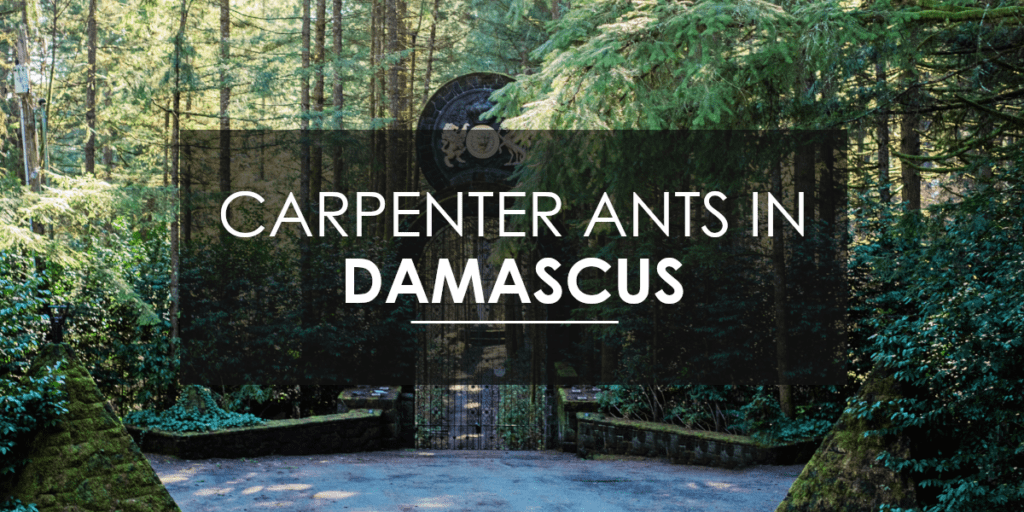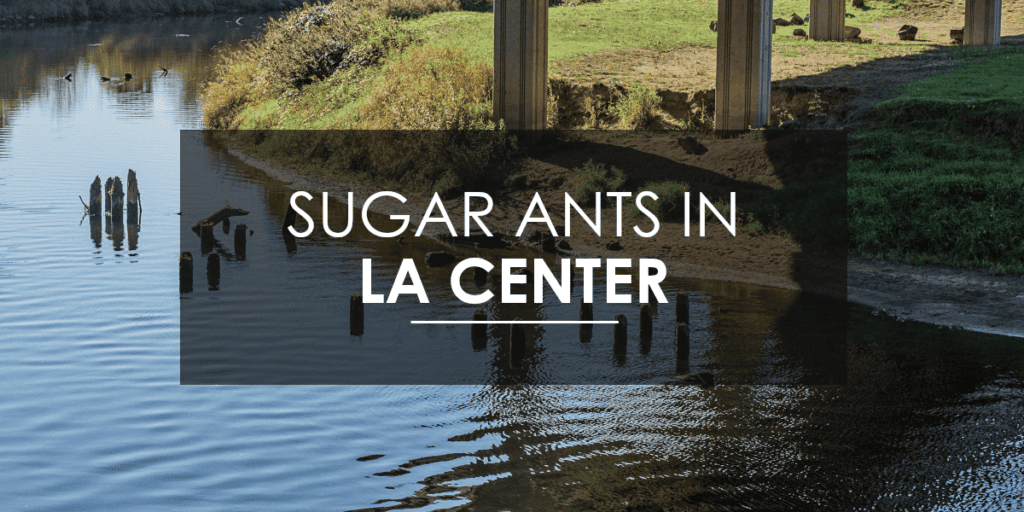Why Are Sugar Ants Appearing in My Home?
If you’ve found sugar ants suddenly invading your space, it’s likely because they are looking for food or moisture. The question many homeowners ask is, “Why do I suddenly have sugar ants?” While it’s common for ants to invade homes during the warmer months, certain factors can make your home especially attractive to them. These factors include:
- Food sources: Sugar ants are highly attracted to sugary or greasy foods. Even the smallest crumbs or a spilled drink can attract them.
- Cracks and gaps in your home: Sugar ants are small but resourceful. They can squeeze through tiny cracks in doors, windows, and foundations to enter your home.
- Moisture: These ants are also drawn to areas with moisture, such as bathrooms, kitchens, or even basements.
Identifying these attractants is essential for stopping the invasion. With the right prevention methods, you can make your home much less inviting to sugar ants.
How do I get Rid of Sugar Ants?
Knowing the answer to Do Ants Sleep? can influence your treatment strategy. Because ants don’t have a deep, uninterrupted sleep cycle, they can be foraging at many different times, which means a successful treatment must reach them when they’re active and inside their colony network.
Start Outside
Professional treatment always begins with removing outside attractants. That includes trimming bushes, moving wood piles, and inspecting nearby trees. You can’t treat what you don’t understand.
Foundation Treatment and Indoor Baiting
We apply a targeted product like Alpine WSG along the home’s foundation. Indoors, we bait along ant trails, often behind electrical faceplates or under baseboards. Sometimes we use bait trays when needed. If that still doesn’t work, we might drill into wall voids and inject expanding foam pesticides. That is our last-resort option when ants keep returning.
Schedule Matters
We typically do a follow-up visit 30 days after the initial treatment to address the egg cycle. Some cases resolve in one visit, but others need that second round to fully break the cycle.

Sugar Ant Description
Size
The sugar ant is very small—measuring about 2.4-3.3mm long. They are typically about as small as a pencil eraser. Although they are small, they quickly become noticeable as they swarm around food or stream through your home in a line.
Color
Sugar ants are typically black in color.
Smell
This might sound strange, but when crushed, sugar ants release an unpleasant, coconut-smelling odor. Sugar ants have a gland that releases this smell and it’s why they are called the odorous house ant.






